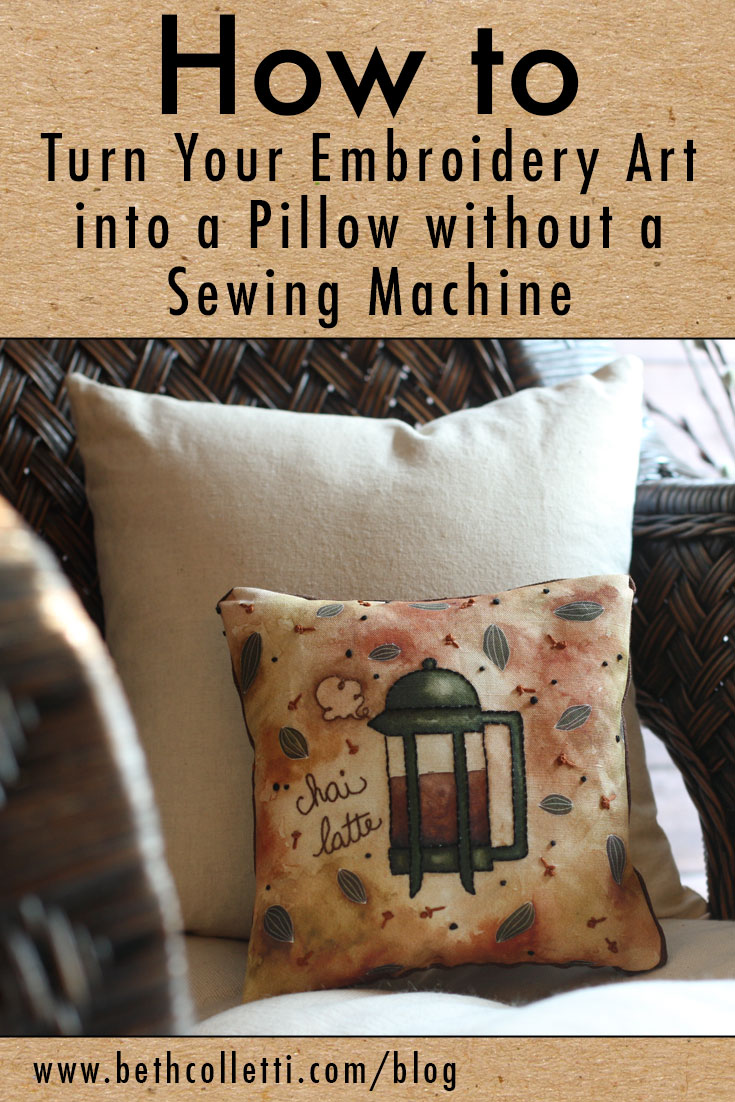Some Known Details About Unique Art
Some Known Details About Unique Art
Blog Article
What Does Unique Art Mean?
Table of ContentsGet This Report about Unique ArtThe Main Principles Of Unique Art Excitement About Unique ArtGetting My Unique Art To Work
While one might dispute which art type holds priority, the reality continues to be that each of these seven kinds provides a special home window into human history, culture, and development. They are the tapestries that chronicle our journey, reminding us of our past while inspiring visions for the future.Wonderful art work narrates, makes individuals look twice, and produces an one-of-a-kind experience that can't be matched. Art and images communicate all of that via shade, shape and various other design aspects. Learn just how to make your distinct art work stick out from the crowd.
To bring also more drama, he extended the paint. The contours, along with a round sconce, soften the edges. Frames vintage posters and maps of cherished places established the scene.
8 TRIA GIOVANEqual parts grand and laidback, this foyer designed by Anthony Baratta is the excellent blueprint to comply with if you're embellishing a formal entryway that still feels unfussy and comfortable. Patterned fabrics take spotlight (see the carpets and the couch), yet they additionally aid bring the high ceilings to a human scale when hung over wallpaper.
Unique Art Fundamentals Explained
18 Heidi Caillier DesignA gallery wall doesn't need to take up the whole space. In some cases a tiny one can make a larger design declaration. In this living room, Hiedi Caillier chose for micro-mini frameworks and an arbitrary composition.
, the expression of ideas and feelings, with the creation of specific aesthetic top qualities, in a two-dimensional aesthetic language. The elements of this languageits shapes, lines, colours, tones, and texturesare utilized in different means to produce sensations of quantity, area, motion, and light on a flat surface area. These aspects are incorporated right into expressive patterns in order to represent genuine or supernatural phenomena, to translate a narrative motif, or to develop wholly abstract aesthetic partnerships.
Later the concept of the "great artist" created in Asia and Renaissance Europe. Famous painters were afforded the social status of scholars and courtiers; they signed their job, determined its design and commonly its subject and images, and established a more personalif not always amicablerelationship with their clients. Throughout the 19th century painters in Western societies began to lose their social position and safe patronage.
The Buzz on Unique Art
Others earned an income via exploring exhibitions of their job. The need to appeal to an industry had replaced the similar (if much less impersonal) demands of patronage, and its result on the art itself was probably similar as well. Unique Art. Normally, musicians in the 20th century might get to a target market only with business galleries and public museums, although their work may have been occasionally duplicated in art regulars
, also when a painting's narrative symbolism is rare.
Do not duplicate the style of other artists if you're searching for your style. Copying various other individuals's art work can be wonderful in instructional functions however it will certainly not make you closer to finding your own special design. Your imaginative style has to be, what you like and what motivates you.

Unique Art - Questions
You require to attempt whole lots of various alternatives and discover whatever before you can concentrate on one certain design or you'll be tired, or worse, you'll hate view it now your own design. I suggest you to try every solitary topic that you're interested in, explore as much as you can. Try various tools that thrill you and new methods you have actually never ever tried prior to.
With time you'll have the ability to sort all of them into your preferred and the very least preferred classifications. Attempt to focus your focus on the subjects and tools that you like and prior to you see it coming you'll have your own personal and special style, like no one else have! In the end you'll have a couple of preferred subjects to repaint and possibly a few favored tools.

Report this page